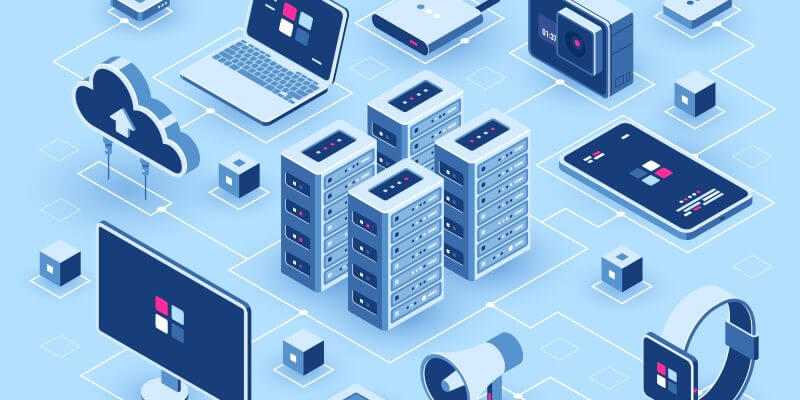Edge computing is rapidly transforming how organizations approach data processing, enabling a new era of scalable applications and enhanced performance. By strategically distributing computing resources closer to the data source, edge computing overcomes the limitations of traditional, centralized cloud infrastructures, unlocking real-time data processing capabilities crucial for a wide range of industries.
At its core, edge computing shifts the paradigm from sending vast amounts of raw data to a central cloud for processing to performing computations locally, near the devices or sensors generating the data. This proximity dramatically reduces latency, the delay in data transmission, and improves response times, making it ideal for applications requiring near-instantaneous decision-making. For example, in autonomous vehicles, edge computing allows the car to process sensor data in real-time, enabling quick reactions to changing road conditions and potential hazards. Similarly, in industrial automation, edge computing facilitates real-time monitoring and control of machinery, optimizing performance and preventing costly downtime.
Scalability is another key advantage of edge computing. Traditional cloud infrastructures can become bottlenecks when dealing with massive data streams from numerous sources. Edge computing addresses this challenge by distributing the processing workload across multiple edge devices. This distributed architecture allows organizations to easily scale their applications by adding or removing edge resources as needed, without overburdening the central cloud infrastructure. Furthermore, edge computing is cost-effective, because it reduces the amount of data that needs to be transmitted and stored in the cloud. By processing data locally, organizations can minimize bandwidth usage and storage costs.
The benefits of edge computing extend across various industries. In healthcare, edge computing enables real-time patient monitoring, remote diagnostics, and personalized treatment plans. Wearable devices and sensors can collect vital signs and other health data, which is then processed locally to provide immediate feedback to patients and healthcare providers. In retail, edge computing enhances customer experiences through personalized marketing, real-time inventory management, and optimized supply chains. By analyzing customer behavior and preferences at the edge, retailers can provide targeted promotions and recommendations, improving customer satisfaction and driving sales. Also, edge computing enhances data security by minimizing the amount of sensitive data transmitted over networks.
Several recent developments highlight the growing importance of edge computing. Duos Technologies Group has partnered with Accu-Tech to accelerate the deployment of edge data centers across the US, addressing the increasing demand for low-latency data processing. Global spending on edge computing is forecast to reach $378 billion by 2028, driven by the growing need for real-time analytics, automation, and enhanced customer experiences. Cerence AI and Arm are pushing the boundaries of on-device AI for smarter cars using edge computing. MatrixSpace has integrated Dell NativeEdge to enhance AI-powered radar solutions for public safety and smart city applications.
However, it’s important to note that edge computing and cloud computing are not mutually exclusive. In many scenarios, they complement each other, forming a hybrid architecture where edge devices handle real-time processing and the cloud provides long-term data storage, analytics, and management capabilities.
In conclusion, edge computing is revolutionizing the way organizations process data, enabling real-time data processing, enhancing scalability, and improving performance. As the number of connected devices continues to grow and the demand for real-time applications increases, edge computing will play an increasingly critical role in shaping the future of technology.

















